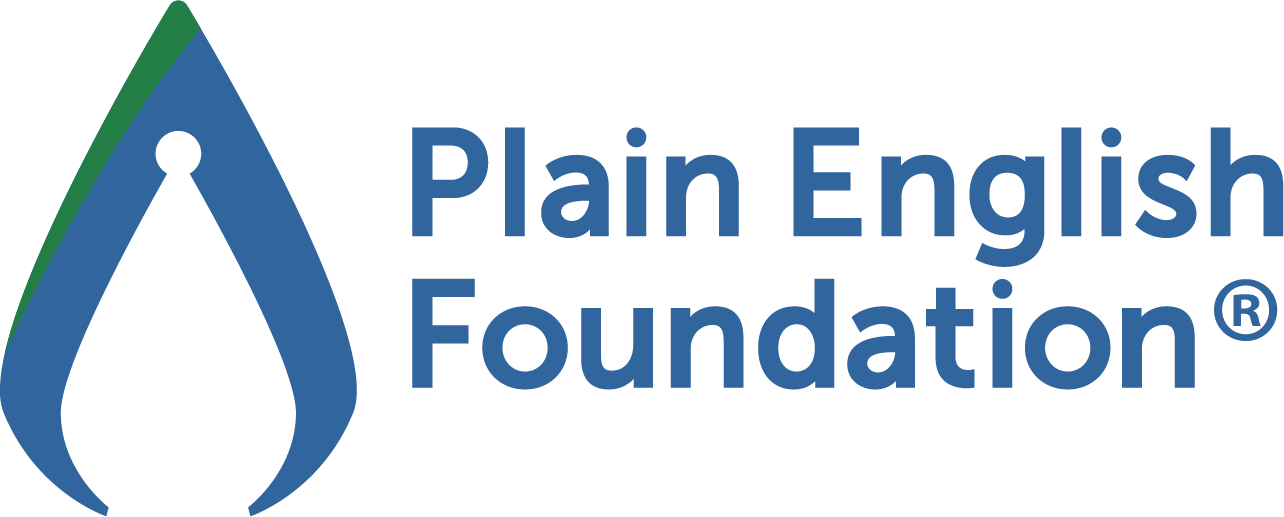The art of self-editing
By Dr Abi Taylor
Editing your own work can feel overwhelming. One aspect many find tricky is cutting out words they’ve worked especially hard on. And when starting out, it’s tempting to jump straight in and ‘sweat the small stuff’. I’m talking about trying to fine-tune every second word before you’ve looked at how well the content is organised. Sound familiar?
Here, we share 6 sure-fire tips to help you become a confident self-editor, streamline your writing process and produce clearer, more impactful content.

Create distance between writing and editing
When you’re too close to your work, you often see what you thought you wrote instead of what’s actually on the page. That’s because our brains are wired to read like that – it’s more efficient. But it’s less great for readers who may only pick up your typos and not the great ideas you thought you wrote!
Step away from your draft for at least a few hours (or a day if possible). Returning to it with ‘fresh eyes’ makes it easier to catch errors, improve clarity and see your work in a new way.
A fresh perspective can help you identify small errors such as typos, misspellings and punctuation mistakes, which even fancy spellcheckers often miss!
Fresh eyes can also help you identify gaps in logic, overwritten sections and wordiness that can affect the clarity and flow of your writing. Your expert knowledge of your own content means you might leave out important details or move through your argument too quickly. A fresh look will make these gaps stand out and help you to see your material from the reader’s perspective.
And if you’re looking for a quick win? Read your writing out loud – or have someone else do it – you’ll instantly spot the places that need work.
Remind yourself who’s reading your writing
The holy grail of effective self-editing is checking that you’ve written with your target reader in mind.
Simple questions to ask yourself include:
- Have you considered your reader’s knowledge level and expectations?
- Have you checked if your examples and references resonate?
- Have you made sure your tone matches your audience?
Putting yourself in your audience’s shoes helps you develop empathy for your reader. This is the best way to ensure your writing relates to them and addresses their problem. Better still, using the right tone means you convey your message in a way they can understand.
Start with the big picture
Think of editing like renovating a house: you wouldn’t pick out paint colours before dealing with structural issues. It’s the same with writing: start with the big stuff.
- Work out which walls to move around – reorganise your content.
- Make sure the foundation is solid – nail down your main message.
- Get your room layout right – sort out your headings.
Then, it’s time to work on the small stuff:
- Remodel each room – smooth out the paragraphs.
- Check your style choices are consistent – adjust your tone.
- Tweak the decorative details – shorten sentences and check your word choices.
And here’s a pro tip: fight that urge to edit while you write! Why? Because there’s no point in perfectly positioning artwork on a wall that might get knocked down when you make those bigger changes. Be efficient, be effective!
Keep it crystal clear
Want to level up your writing instantly? Embrace plain language – your readers will thank you for it. As you edit, replace jargon or technical terms with words your audience will understand. And break down complex concepts into bite-sized pieces they’ll find easier to digest.
Keep your sentences clear and energetic using the active voice, and aim for an average sentence length of 15–20 words. Plain language isn’t just about making things ‘simpler’ for readers. It’s about respecting their time and mental load.
Studies show that even subject matter experts prefer clear, straightforward writing. When you reduce the mental capacity needed to understand your text, that’s not dumbing things down. It’s just being smarter about how you communicate.
Master the chop
Cutting the clutter from your writing can be a challenge. But remember, when it comes to writing, less is more. Before starting your edit, set a target word count and aim to trim 10% from your first draft. Hunt for all the words that aren’t pulling their weight because they don’t add meaning.
Keep an eye out for redundant phrases such as ‘ongoing for some time’ and unnecessary qualifiers such as ‘at this point in time’. They add bulk but little value.
Watch for repeated words, too. You can often replace them with simple pronouns such as ‘it’, ‘they’ or ‘we’.
When you cut the clutter, you’re doing your readers a favour. They’ll grasp your message faster and stay engaged for longer.
Know when to stop
Just as every painter needs to know when to put down the brush, every writer needs to know when to stop editing. Setting clear finish-line criteria before you start can help. That might mean you restrict yourself to 3 full read-throughs or stop editing once the text hits a specific reading grade.
It’s important to learn to recognise when you are making changes just for the sake of making changes (we’ve all been there!). At some point, you need to trust that your edits have done their job and move forward with confidence.
Setting boundaries will help you avoid the trap of endless revision and meet your project deadlines.
Next steps
If you want to master the art of self-editing, sign up to our new self-paced refresher course, Business Writing Boost. It covers all the tools you need to become an efficient and effective self-editor!






